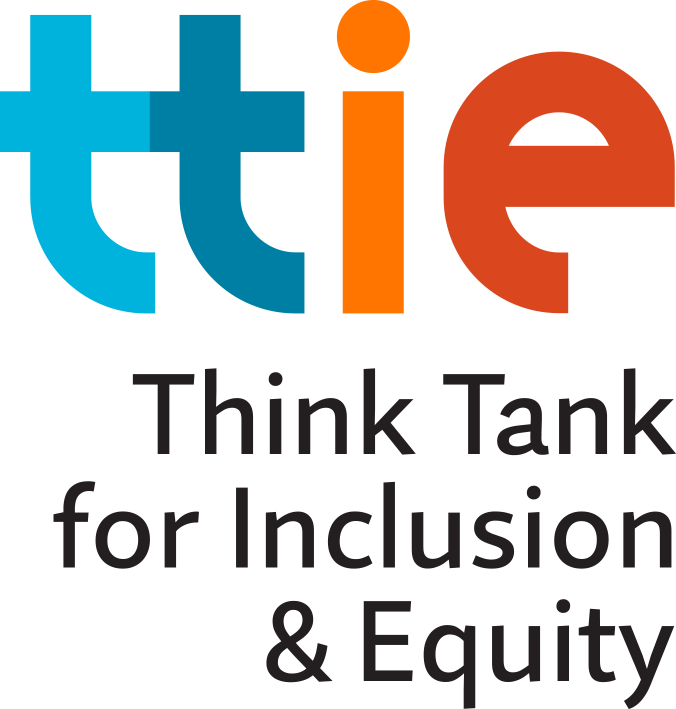An umbrella term for the the asexual and/or aromantic spectrums. This includes anyone who experiences little to no romantic and/or sexual attraction (e.g., asexuals, aromantics, graysexuals, demisexuals). More on some of the many a-spec identities here.
The decision to and/or practice of not partaking in sexual activity, typically for a limited period of time (e.g., until marriage). Unlike asexuality, which is a sexual orientation that describes a lack of sexual attraction, abstinence is a behavior.
A person who does not experience or express any gender (while most non-binary identities typically do have a gender, just one that isn’t binary). For more.
The opposite of asexual; someone who regularly experiences sexual attraction toward other people.
A gender expression that contains physical elements of both masculinity and femininity or neither.
Note: Androgyny is a form of gender expression (how someone outwardly expresses their gender), not a gender identity (their innate sense of gender). While some non-binary people have an androgynous gender expression, others do not; androgyny is not a requirement to be or synonymous with non-binary.
A person who experiences little or no romantic attraction. Aromantics might or might not experience sexual attraction. For more.
Medications that treat or prevent the spread of HIV. Antiretroviral therapy (ART) medication treats and manages HIV in HIV+ people. Pre-exposure prophylaxis (PrEP) and post-exposure prophylaxis (PEP) are used by HIV- people at risk of getting HIV through sex or injection drug use. When taken correctly, these medications can make HIV+ people undetectable (i.e., reduce the amount of HIV in the body to untransmittable levels) and prevent the spread of HIV. For more.
A person who experiences little or no sexual attraction (to people of any gender).
The total or near total lack of sexual attraction to anyone and/or the lack of desire for sexual contact. Asexuality is not a choice; it shouldn’t be conflated or confused with celibacy, abstinence, or low sex drive. Asexuality is a spectrum, and there’s considerable diversity in the needs and experiences among members of the ace community (e.g., attractions, relationships, disabilities, cultures). It should be noted that while some aces consider “asexual” their sexual orientation, others feel like they have no orientation at all. For more.
A way of referring to the sex designated to someone at birth. This is preferred language to replace outdated “FTM” or “MTF.”
The discriminatory denial of bisexuality’s existence by ignoring, removing, falsifying, or explaining away evidence of it (e.g., ignoring historical figures’ bisexuality, assuming people in same-gender relationships are both gay). More on the effects of bi erasure here.
Ways to increase understanding, awareness, and representation of the bi+ community (e.g., choosing to come out, creating bi+ characters, prioritizing bi+ voices and needs in queer conversations and spaces).
An encompassing term for people of all genders whose sexual orientation falls outside concepts of straight and gay. This includes bisexual, pansexual, sexually fluid, queer, and other sexual orientations with the capacity to be sexually, romantically, and/or emotionally attracted to more than one gender (not necessarily at the same time, in the same way, or to the same degree). “Bi+” itself is not typically a label used to describe an individual, but rather, it’s used to capture a community of orientations with related and shared experiences. More on this community here.
A term to describe people whose identity encompasses two genders, either simultaneously or varying between the two. For more.
A item used by some trans men, transmasculine people, or non-binary people for tightly wrapping the chest in order to minimize the appearance of having breasts.
Note: Do not depict characters binding with an Ace bandage, as it is extremely dangerous and can cause long-term harm.
Prejudice or hatred directed at bi+ people, including jokes or comments based on stereotypes that seek to undermine the legitimacy of bi+ identity. Biphobia occurs both within and outside of the LGBTQIA+ community. For more.
A person of any gender who has the capacity to form enduring sexual, romantic, and/or emotional attractions to people of two or more genders (e.g., women attracted to women, men, and non-binary people; non-binary people attracted to non-binary people and men) with gender influencing the type of attraction they experience. These attractions can manifest in differing ways and to differing degrees over a person’s lifetime (meaning bi people aren’t necessarily attracted to different genders equally).
Note: Some people wrongly claim bisexual means "attracted to men and women" and is therefore transphobic. This is a misrepresentation of bisexuality, which never implies transphobia.
In lesbian culture, “butch” refers to a woman whose gender expression and traits present as typically masculine (e.g., clothes, short hair, pursuing more men-dominated careers and roles). For lesbians, being butch challenges society’s understandings of gender and what it means to be masculine. The term is sometimes used by other LGBTQIA+ people, particularly non-binary and genderqueer people. For more.
The act of refraining from sexual activity for an extended period of time, often because of a vow or oath. Unlike asexuality, which is a sexual orientation that describes a lack of sexual attraction, abstinence is a behavior.
The opposite of transgender; someone whose gender identity matches the sex they were assigned at birth. (The term “cishet” refers to someone who is both cisgender and heterosexual/straight.)
